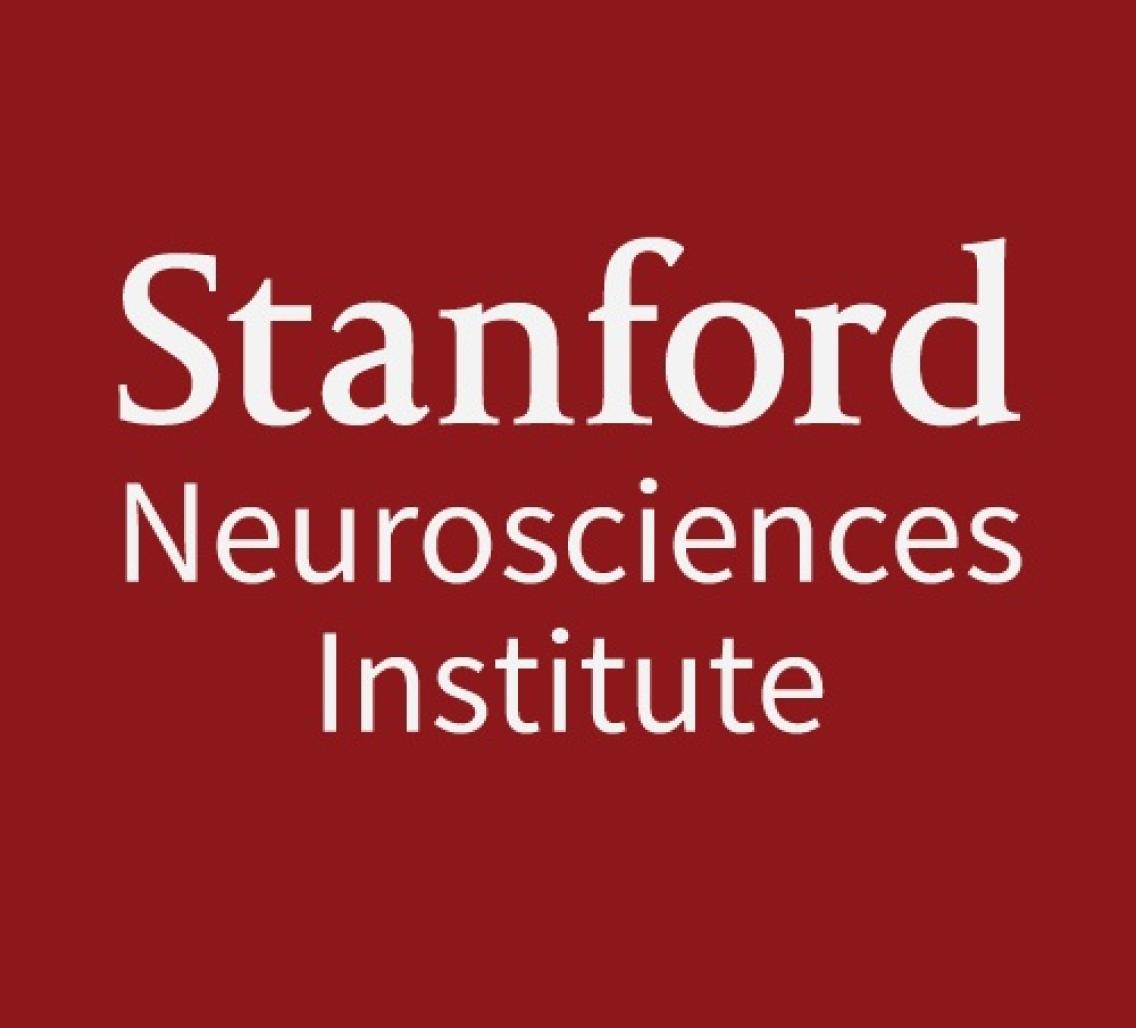Event Details:

Stanford Neurosciences Institute Seminar Series Presents
Astrocyte toxicity in models of Amyotrophic Lateral Sclerosis
Serge Przedborski, MD, PhD
Center for Motor Neuron Biology and Disease, Departments of Neurology, Pathology and Cell biology, Columbia University
Host: Aaron Gitler
Abstract: Consistent with a non-cell-autonomous role in the pathogenesis of amyotrophic lateral sclerosis (ALS) are our demonstrations that wild-type primary and embryonic stem cell-derived motor neurons (ES-MNs) selectively degenerate when cultured in the presence of mutant SOD1 (mSOD1)-expressing astrocytes (Nagai et al., Nat. Neurosci. 2007). We further found that this death phenotype is not restricted to mouse cells or to familial form of ALS, since astrocytes grown from post-mortem samples of sporadic ALS patients killed human ES-MNs (Re et al. Neuron, 2014).
Data from both our familial and sporadic ALS models revealed that MNs degeneration is caused by an astrocyte-mediated toxic activity (not a loss of beneficial effect). A series of biochemical experiments demonstrated that the toxic factor(s) is/are proteinaceous in nature and of ~20 kDa. The silencing and immunodepletion of SOD1 from our experiments demonstrate that mSOD1 was unlikely the culprit. Conversely, the combination of unbiased proteomics and genomics studies pointe toward APP to contribute to astrocyte-mediated toxicity and DR6 to transduce the death signal in MNs. Further investigations enabled us to show that APP is deleterious via the production of a beta-soluble fragment that includes APP E1 domain. Yet, from in silico analysis, we do not believe that this APP fragment behaves as a bona fide ligand of DR6 but rather as an interactor promoting DR6 dimerization and ligand-independent activation.
Our findings support an involvement of non-cell autonomous mechanisms in ALS pathogenesis via a APP/DR6 mechanism. This process may have to be fully characterized to acquire a better understanding of the neurobiology of ALS and devise effectively therapies.